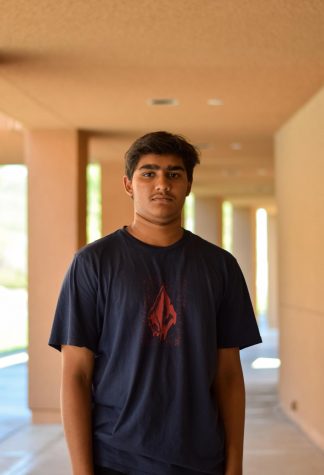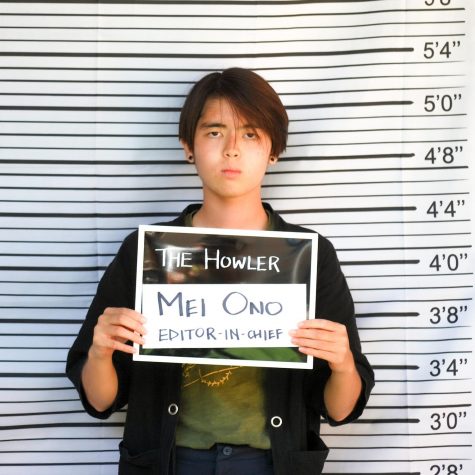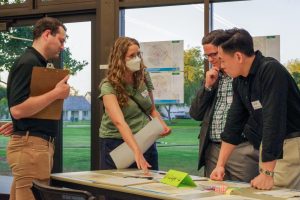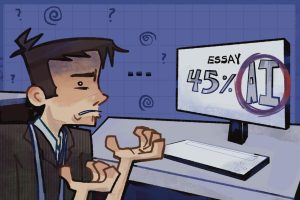Safe athletes are happy athletes
September 30, 2019
From bruises to broken ribs, injuries are a given for all kinds of sports. In the light of Indianapolis Colts quarterback Andrew Luck’s retirement from the National Football League (NFL) due to constant hits, it brings up the question: what is Northwood doing to keep athletes safe?
This summer, Varsity soccer player junior Lauren Arnold suffered a devastating knee injury while competing for her club soccer team. Arnold had to utilize all the resources the school has to offer to ensure a quick recovery.
“The school accommodated with my injury by letting me use the elevator, and the teachers were very understanding as well,” Arnold said. “It has now been six weeks since I had to undergo surgery for a torn ACL. I am continuing to work on my range of motion and was able to get off crutches two weeks ago. Although this is an unfortunate injury, all I can do is to have a positive mindset as each day is one day closer to being able to play the sport I love.“
Last school year, there were approximately 200 reported injuries at Northwood in which students were sent to the doctor. According to Athletic Trainer Andy Sepulveda, 3000 athletes are seen each year in the training room, including repeated injuries by the same athlete and minor injuries. Sepulveda and other members of the athletic department try to find the root cause of the injury to provide optimal treatment.
“We go a lot off of mechanism injury, or exactly how the injury occurred,” Sepulveda said. “Usually, our first question to an injured athlete is ‘What happened?’ Based on where the person got hit, I can start to break down the effects and what to do. We always assume the worst case scenario and work our way backwards so we never miss anything.”
Northwood has its own policies regarding injuries including a variation of functional tests to analyze an athlete’s ability to run, jump or kick as required by their sport. After they are cleared, they are released back to play in their sports.
As concussions could be one of the most damaging injuries for an athlete, Northwood mandates precautionary measures in the case of a concussion to ensure the athlete’s safety.
“Everyone on a sports team is required to take an impact test, and if they get a concussion at one point, they have to retake it until they can pass—meaning they get at least the same score as their baseline score,” Co-Athletic Director Sierra Wang said. “There’s also another system in which we don’t clear the athlete to play until their doctor clears them.”
Weather can also play a pivotal role in student injuries. Non-contact injuries, such as heat stroke, prove just as severe as concussions. To prevent non-contact health complications, Northwood’s training staff uses certain tools to judge safety. One of these tools is known as a heat index graph, which uses relative humidity and temperature of a location to determine what protocol to follow depending on the danger level.
“When heat index nears or is at black, which is the most dangerous on the graph, we start modifying practices,” Sepulveda said. “For example, we didn’t let football practice in full gear a couple of days ago because it was too unhealthy, and had them practice on the grass instead of the turf.”
Northwood has seen gruesome sports injuries in the past, including a backwards foot and large, open gashes. As a final note to all students, Sepulveda provides closure to the subject of injuries and warns Northwood students of injury severities.
“Above all, the most serious injuries are the internal ones, like when the student is unconscious and not breathing: the potential life-threatening ones,” Sepulveda said. “In any situation, I always act to protect the child, even if I don’t know what happened to them.”

























































